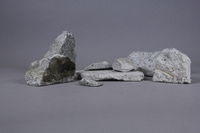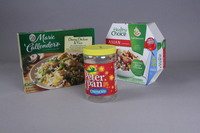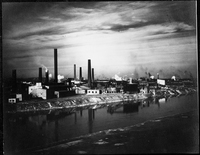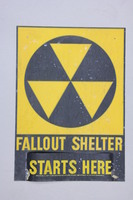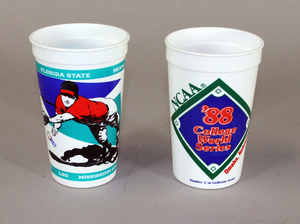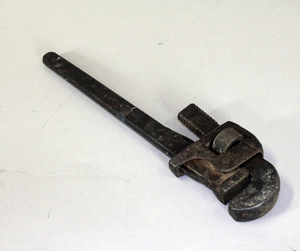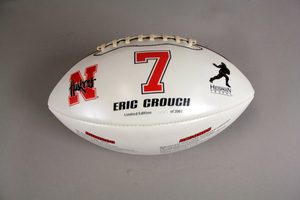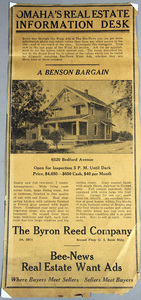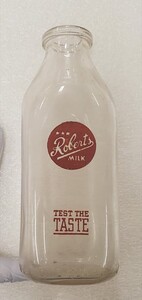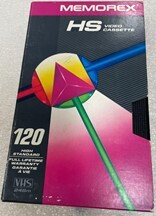Living in a World of Our Own Making
Title
Living in a World of Our Own Making
Subject
Description
The Anthropocene means “The Age of Humans,” but what does it mean to live in a world of our own making? Humanity has flourished in past two centuries. Two thirds of every person ever born lived between 1945 and today. Scientists call this era of expanding population, economic development, and environmental impact the “Great Acceleration.” People are now more numerous and powerful than ever before. Mining moves more rocks and soils than all of the worlds rivers combined. Artificial fertilizers have doubled the amount of nitrogen and phosphorus in our soils. Plastics can now be found on mountain tops and the middle of the Pacific Ocean. Paradoxically, many of the most profound changes to global environments pass virtually unnoticed. Nuclear fallout, for instance, is invisible to the naked eye, but radioactive evidence of cold war weapons tests remains in soils around the world. Until recently, lead was one of the most common materials in industrial use. It was used to seal our foods, paint our homes, and power our cars. Lead is toxic, especially for children. Although invisible, lead is now in our soils, in our cities, and even in our blood. By contrast, concrete is virtually everywhere, yet we rarely think about it. We drive on it, work in it, and the foundations of this very museum are built using it. More than half of the concrete ever produced was manufactured between 1995-2015. Concrete requires enormous energy to mine, transport, and produce. These consequences are as invisible to us as the material is abundant. As you finish your journey through the exhibit, consider how many other “invisible” materials influence our lives and connect us to the global environment.

